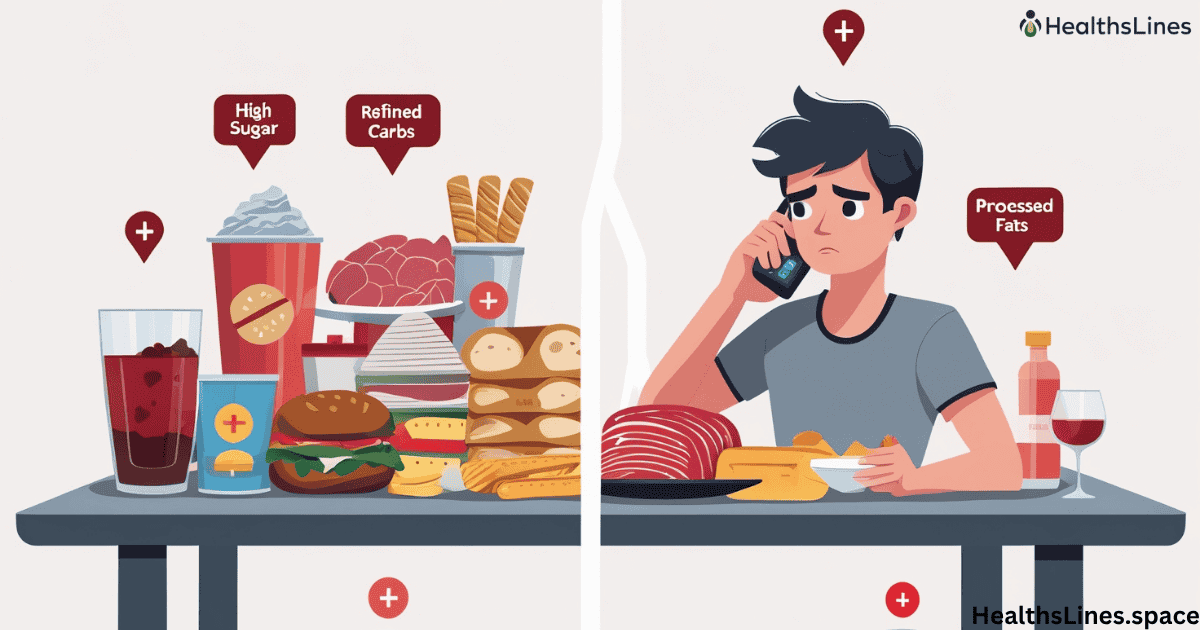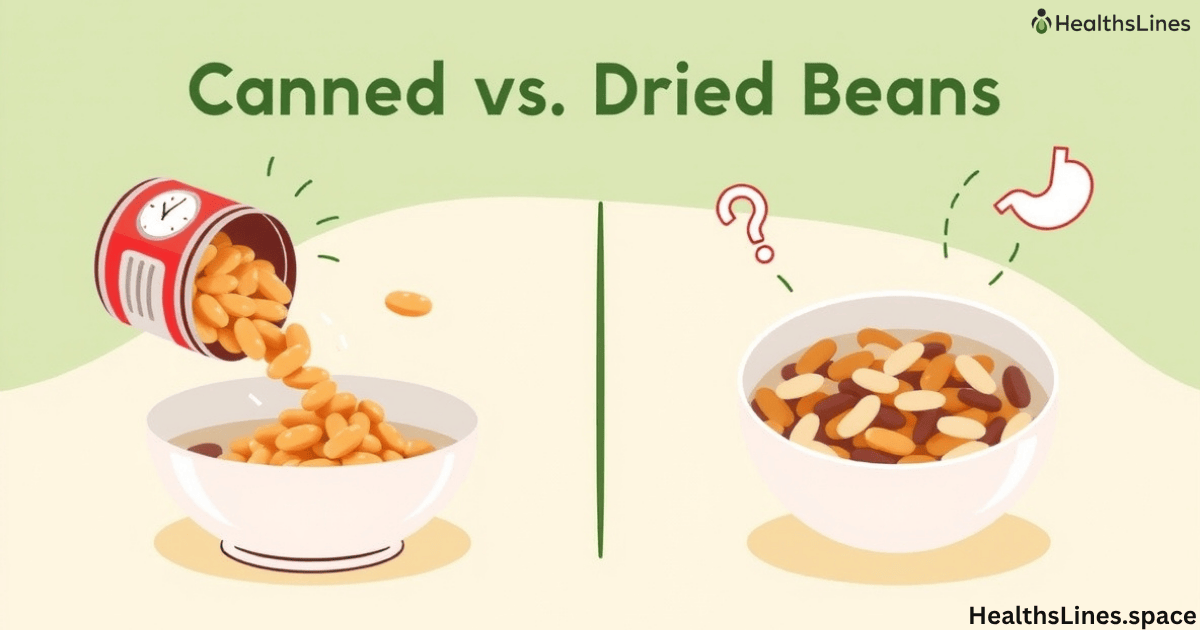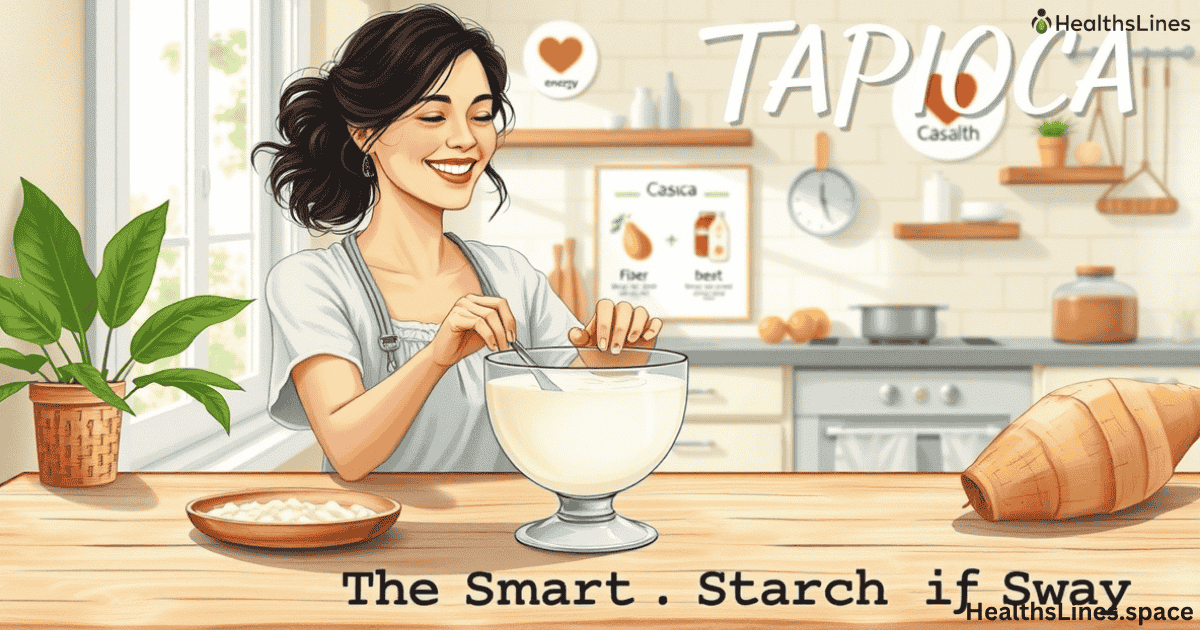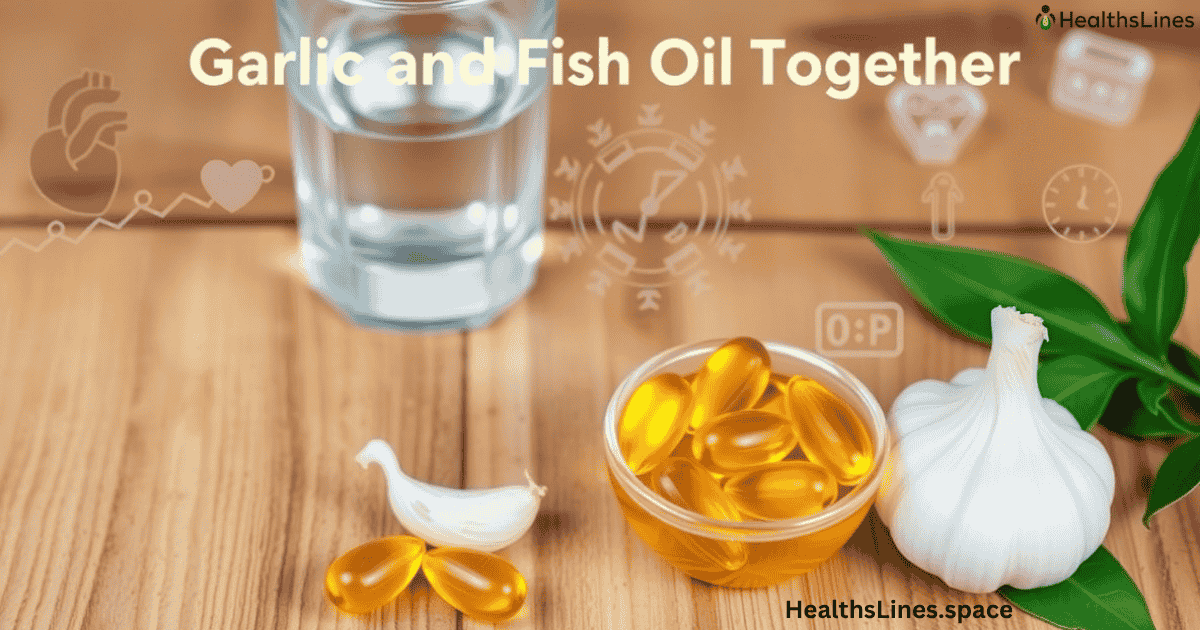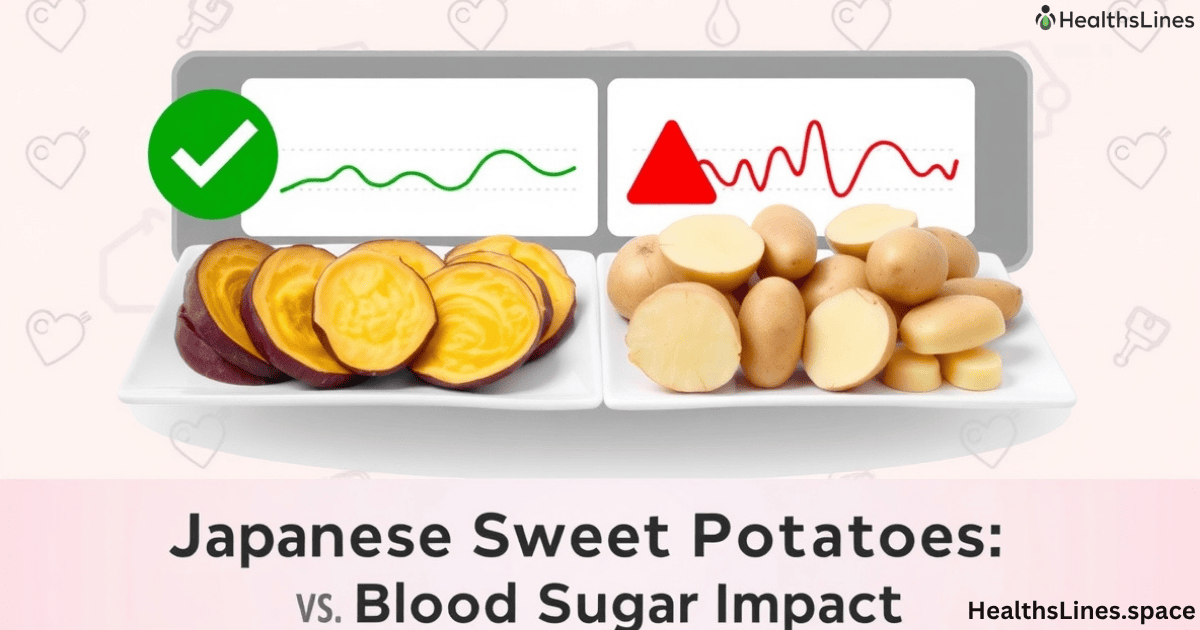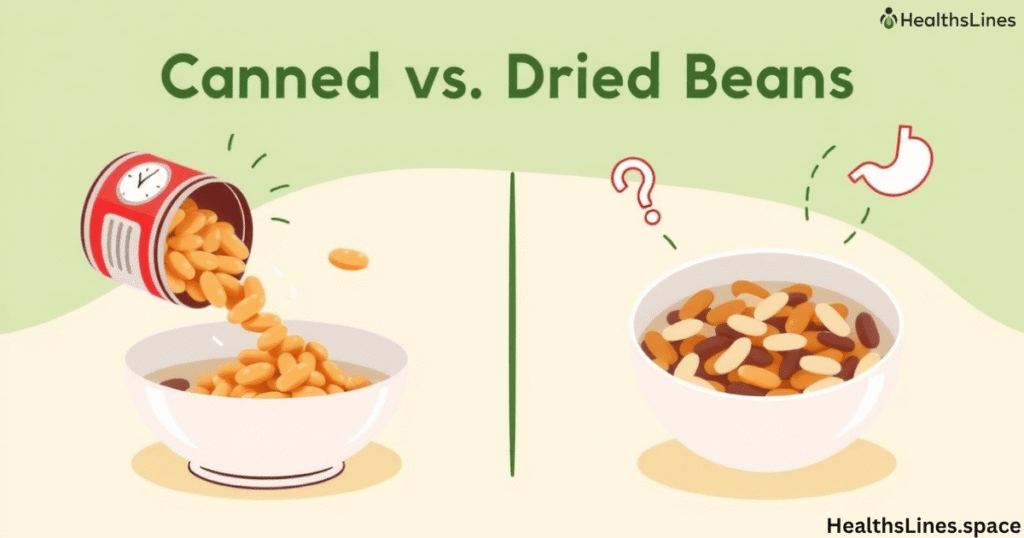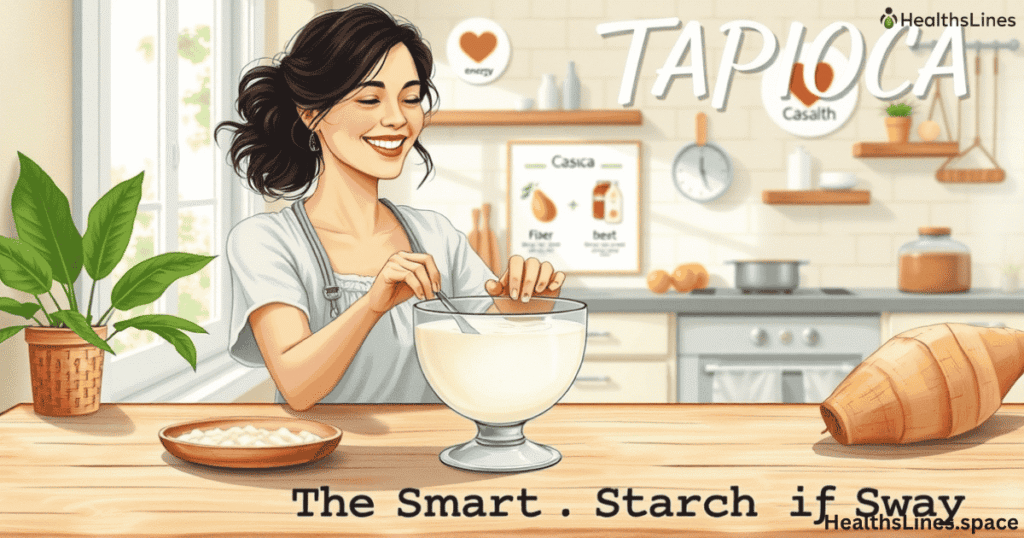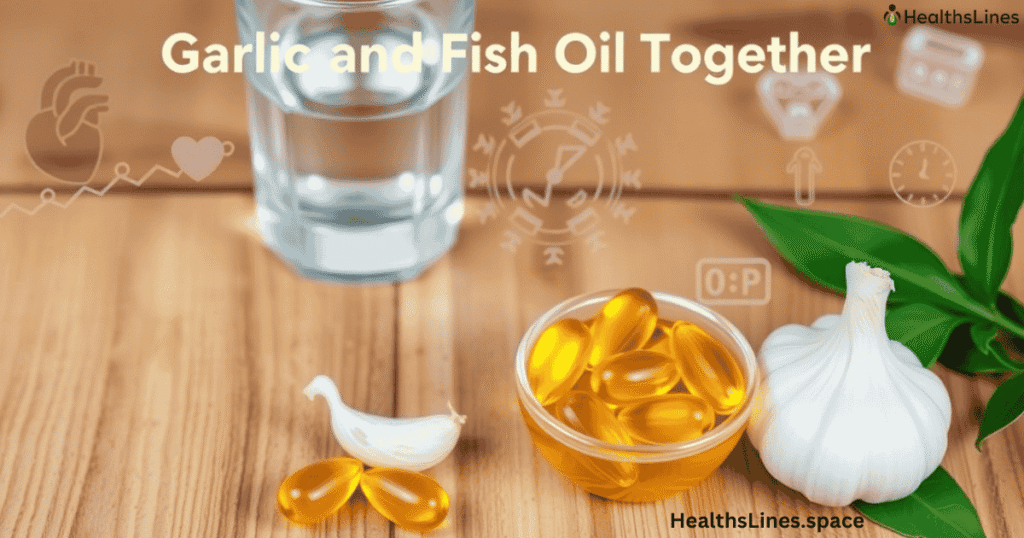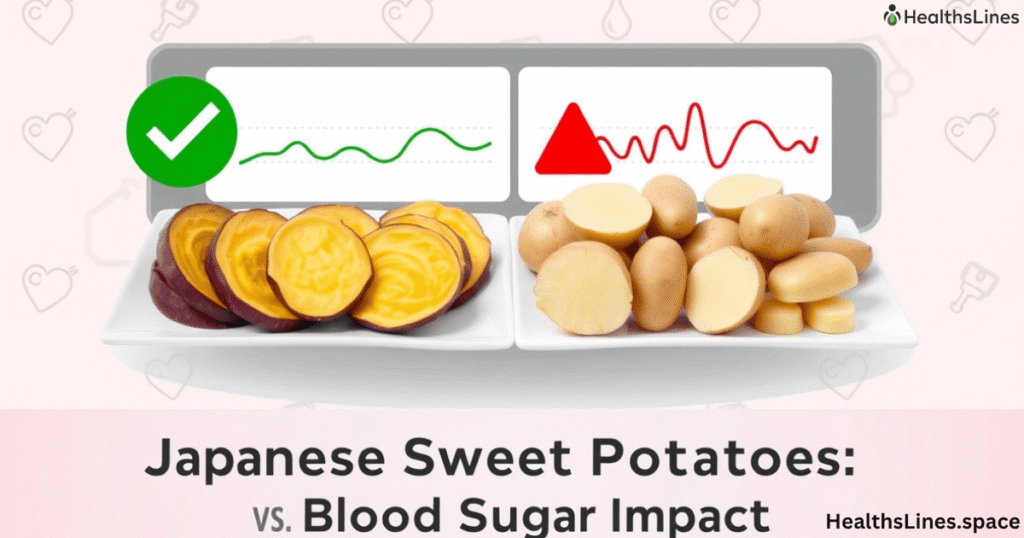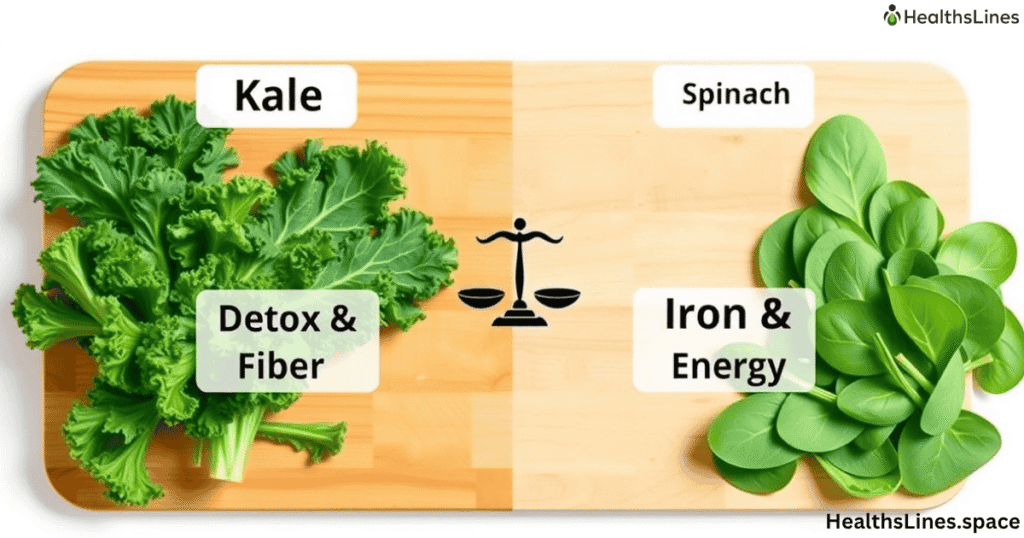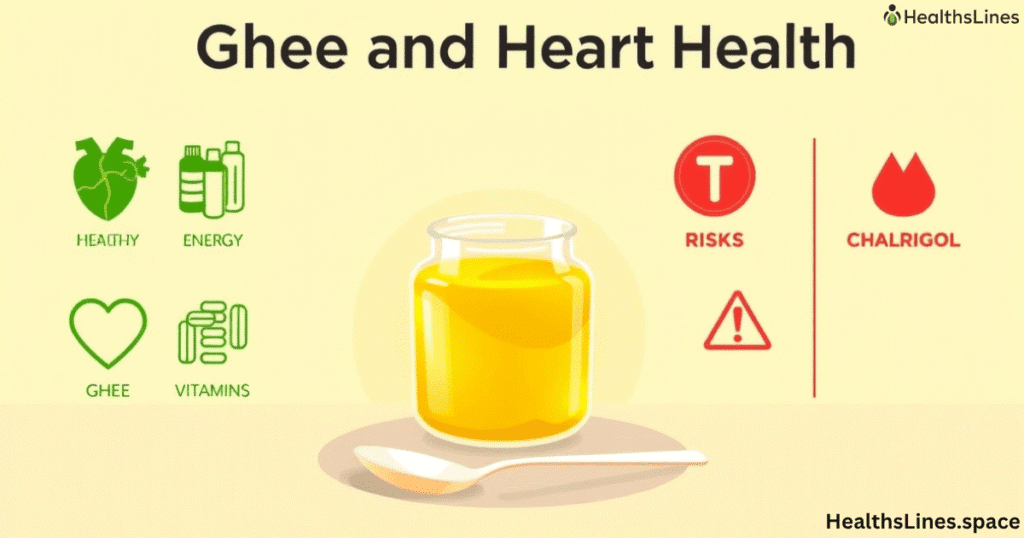Many people eat certain foods every day without realizing they can raise their risk of type 2 diabetes. While some meals might seem healthy, they often hide added sugars, refined carbs, or bad fats that can affect your blood sugar levels. This article will explain how everyday foods can be diabetes risk foods, and what you can eat instead Foods That Increase Your Risk of Diabetes.
If you’re trying to prevent diabetes or manage your blood sugar, knowing which foods to avoid is key. We’ll explore a complete diabetes causing foods list, backed by facts, science, and examples. You’ll also learn how to make healthier swaps, how to read food labels, and why hidden sugar foods are more dangerous than they appear.
Breakfast Cereals with Added Sugar
Many people think breakfast cereals are a healthy way to start the day, but that’s often not true. Most cereals sold in stores are filled with added sugar, refined carbs, and very little fiber or protein. These ingredients can cause insulin spikes and lead to insulin resistance over time. A bowl of colorful cereal might taste good, but it can cause your blood glucose levels to rise quickly and crash later.
Even cereals labeled as “whole grain” or “low-fat” can be harmful if they have high sugar content. According to a 2022 study in the Journal of Nutrition, eating high-sugar cereals more than three times per week increased the chance of developing type 2 diabetes by 26%. The body treats added sugar in packaged foods differently than natural sugar in fruits, causing rapid changes in blood sugar that overwork your pancreas.
White Bread and Refined Grains
White bread, pasta, and other refined grains are some of the most common foods that raise diabetes risk. When whole grains are processed, they lose fiber, vitamins, and minerals. This means your body breaks them down fast, causing a rapid rise in blood sugar. Over time, this can lead to insulin resistance and increase the chance of developing diabetes.
Research shows that diets high in refined carbs and diabetes are closely linked. One study published in Diabetes Care found that eating refined grains was connected to a higher risk of type 2 diabetes. In contrast, whole grains help slow digestion and keep blood sugar steady. Foods made with white flour, like sandwich bread, pizza crust, and bagels, are among the worst foods for blood sugar control.
| Refined Grains | Better Alternatives |
| White bread | 100% whole grain bread |
| White pasta | Lentil or whole wheat pasta |
| White rice | Brown rice or quinoa |
| Baked goods with white flour | Almond or oat flour options |
Sweetened Yogurt and Flavored Dairy
Yogurt is often seen as a healthy snack, but many flavored types are loaded with sugar. A small container of fruit-flavored yogurt can contain as much sugar as a candy bar. These sugars, often listed as “evaporated cane juice”, corn syrup, or fructose, can cause big blood sugar spikes.
The problem is worse with low-fat or “diet” yogurts. When fat is removed, more added sugar is often added to improve taste. This makes sweetened yogurt a key player in sweetened yogurt and blood sugar issues. If you’re trying to lower your diabetes risk, choose plain Greek yogurt or unsweetened dairy alternatives like almond milk or coconut yogurt.
Canned Fruit in Syrup

Fruit is healthy, but not when it’s canned in syrup. Many canned fruits are packed in high-fructose corn syrup, which raises blood glucose levels fast. These high glycemic index foods can increase your chance of type 2 diabetes, especially when eaten often.
Even “light syrup” or “natural juice” on the label can be misleading. The fruit absorbs the sugary liquid, making it one of the most common hidden sugar foods. Studies suggest that people who consume canned fruit more than twice a week have a 21% higher risk of developing type 2 diabetes. The safer choice is always fresh, frozen, or unsweetened dried fruit.
French Fries and Fried Potatoes
Potatoes are rich in carbs, and when they’re fried, they become one of the most dangerous foods to avoid for diabetes prevention. French fries are a double threat: they have a high glycemic index and are often fried in unhealthy oils that contain trans fats. These fats cause inflammation and worsen insulin resistance.
A Harvard study found that people who ate fried potatoes more than four times a week were 19% more likely to develop type 2 diabetes. These fried potatoes and blood glucose issues arise because frying raises the sugar-raising power of the food. Healthier options include baked sweet potatoes, boiled baby potatoes, or cauliflower mash.
White Rice and Instant Rice Packs
White rice is eaten around the world, but it’s one of the most common diabetes causing foods. It’s low in fiber and very easy to digest, which leads to rapid insulin spikes. That’s especially true with instant rice packs, which are more processed and break down even faster in the body.
A large study in China and India found that eating white rice more than once a day increased diabetes risk by up to 27%. These findings make sense when you understand the glycemic index of rice—white rice scores very high, while brown rice and quinoa score much lower and offer more fiber.
Processed and Cured Meats
Sausages, bacon, deli meats, and hot dogs are often included in meals, but they can increase your risk of type 2 diabetes. These meats are high in sodium, preservatives, saturated fats, and often contain added sugars in the form of glazes or sauces. These ingredients are directly linked to insulin resistance and inflammation.
Studies from the Harvard T.H. Chan School of Public Health found that consuming processed meats daily increased the risk of type 2 diabetes by 51%. These processed meat and type 2 diabetes links are well-documented. If you’re looking to cut your diabetes risk foods, choose lean proteins like grilled chicken, tofu, or beans instead.
Bottled Salad Dressings and Condiments
Many people add salad dressing to make vegetables taste better. But bottled dressings often hide a mix of sugar, salt, preservatives, and trans fats. One tablespoon of certain dressings can contain more than 7 grams of sugar. This makes it one of the top salad dressings with hidden sugar concerns.
Even popular condiments like ketchup, barbecue sauce, and teriyaki glaze contain high levels of added sugar. These sauces sneak sugar into your diet, making them part of the diabetes causing foods list. It’s smarter to use olive oil, lemon juice, or apple cider vinegar as dressings and avoid sauces that list sugar among the first few ingredients.
Packaged Snack Foods
Snacks like crackers, cookies, granola bars, and chips might be quick and tasty, but they’re loaded with refined carbs, added sugar, and hydrogenated oils. These ingredients not only raise blood sugar, but they also make it harder for the body to respond to insulin. Most of these snacks are low in fiber and protein, making them poor choices for anyone trying to avoid diabetes risk foods.
Research shows that frequent consumption of packaged snacks can increase type 2 diabetes risk, especially in people over 40. Many popular snacks use terms like “low-fat,” “natural,” or “made with real fruit,” but they are often misleading. Knowing the alternatives to unhealthy snacks can help. Choose raw nuts, sliced veggies, or hard-boiled eggs as healthy snack swaps for diabetics.
Soft Drinks, Energy Drinks, and Sweetened Iced Tea
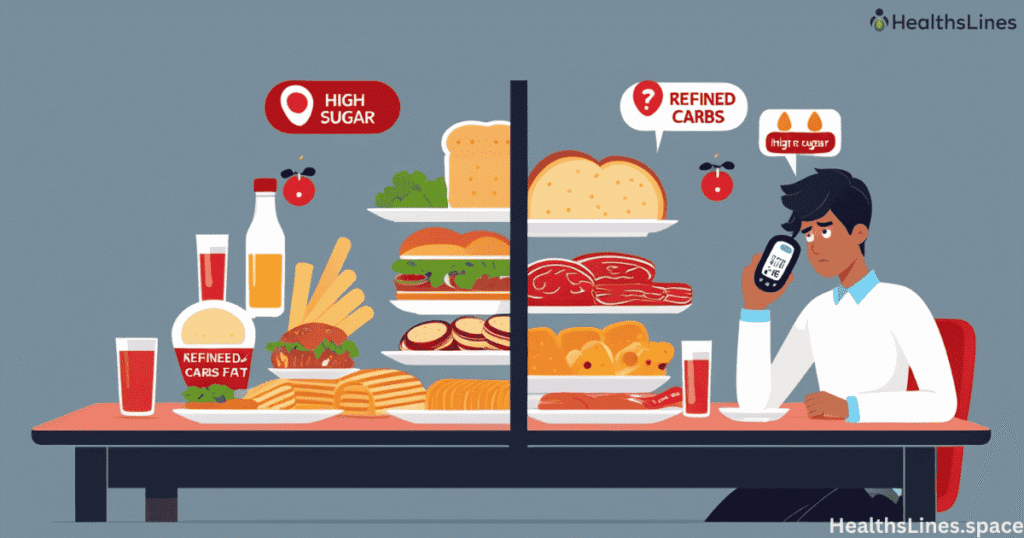
Sugar-sweetened beverages are among the most dangerous foods that cause diabetes. Drinks like soda, energy drinks, and even sweetened iced teas contain high amounts of sugar and zero fiber. This means sugar hits the bloodstream fast, causing huge blood sugar spikes followed by crashes. These drinks are a major cause of insulin resistance.
A 2019 global study found that drinking one sugary beverage a day raised the chance of developing type 2 diabetes by 25%. Even fruit juices labeled as “100% juice” can raise blood sugar due to their lack of fiber.
How to Read Food Labels to Avoid Sugar and Carbs
Most people don’t know how to spot hidden sugar or refined carbs in packaged foods. Sugar can go by many names: fructose, glucose, dextrose, malt syrup, and agave nectar are just a few. Learning how to read food labels for hidden sugars is one of the best skills for diabetes prevention.
Look at the ingredient list and nutrition facts. Ingredients are listed in order of quantity, so if sugar is near the top, it’s a warning sign. Also check the total carbohydrates, fiber content, and added sugars. Foods with low fiber and high sugar are usually foods to avoid for diabetes prevention. Apps like MyFitnessPal or Yuka can help you track ingredients and avoid unhealthy options.
Key Table: Risky Foods vs. Healthier Options
| Risky Foods | Healthier Options |
| Sweetened cereal | Steel-cut oats with berries |
| White bread | 100% whole grain bread |
| Flavored yogurt | Plain Greek yogurt with fresh fruit |
| Canned fruit in syrup | Fresh or frozen unsweetened fruit |
| French fries | Baked sweet potato wedges |
| White rice | Brown rice or quinoa |
| Bacon, sausage, deli meat | Grilled chicken or tofu |
| Bottled dressings and sugary condiments | Olive oil with lemon or vinegar |
| Cookies, crackers, packaged snacks | Raw nuts, carrots, boiled eggs |
| Soda, energy drinks, sweet iced tea | Water, herbal tea, sparkling water |
Conclusion
Avoiding diabetes doesn’t mean giving up all your favorite foods. It means being smart about what you eat daily. Replacing diabetes causing foods with better options can reduce your risk over time. Think fresh, whole, and unprocessed. When in doubt, check the label, skip the added sugar, and make small swaps that add up to big health benefits. Managing blood sugar starts with smart choices on your plate.
